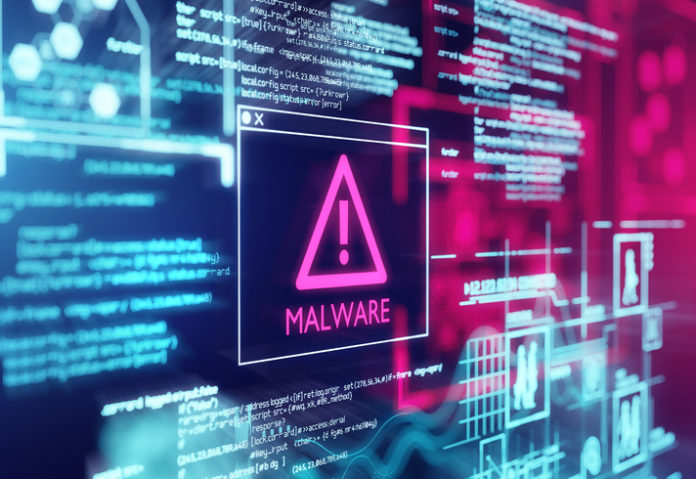Malware can really mess up your business as it compromises your data security. It may lead to loss of business as your customers lose faith in your brand. Ultimately, this may lead to losses. Regaining your customer’s trust after a malware attack can be an uphill task.
Hence, it is important to learn the different types of malware and how to recognize them. But first, what is malware? Who introduces it into your computer system and what is their intention?
What is Malware?
Malware refers to any malicious software that is deliberately created to cause damage to devices such as PCs, laptops, and mobile devices. It steals data and generally wreaks havoc in your computer system.
You should invest in excellent anti-malware protection to combat malware attacks. They access files and data on your computer or device and take control of your system’s operations.
8 Types of Malware That You Should Avoid
There are many different types of malware all itching to get into a computer system to mess it up. The following eight types of malware are the most common.
1. Ransomware
Ransomware is a type of malware that takes control of your computer or device for a ransom. Simply put the hacker gains access to your computer system and locks you out. To regain control, you must pay a certain amount of funds that the hacker will demand.
Some hackers threaten to release sensitive information to the public if you fail to pay the ransom. They may also threaten to release your data to the dark web.
Ransomware falls into two main categories:
- Locker Ransomware: It restricts access to the affected computer or device such as tablets or smartphones.
- Crypto Ransomware: It locks you out of your system and restricts you from accessing your data and files.
Ransomware encrypts all the files in your system, hence restricting access. The hackers demand payment in cryptocurrency to decrypt the files. Failure to pay the ransom may lead to the destruction of data and files which would be a huge loss for a business.
The ransomware may pop up as a message that demands payment with the attending threats if you fail to pay up. Some hackers may take the ransom and refuse to decrypt your files.
2. Viruses
No computer or device user wants to deal with a virus in their system. Many classify all malware as viruses. However, this is not true. Viruses alter your authentic files. Once you execute the rogue file in your system, you also execute the virus. This may wreak havoc in the entire system.
3. Trojan Horse
Trojans come disguised as valid programs but they hold malicious instructions. They mostly land in your system via emails or are spread via infected websites that you visit. A Trojan only works when you execute it.
If you find some popup message that claims that your system is infected, best ignore that one. Do not execute it as it is most likely a Trojan Horse malware. They are easy for nefarious characters on the internet to use because they trick you into executing them.
4. Spyware
Hackers launch Spyware to spy on you as well as your system. Cybercriminals use this malware to gain access to private data such as your login details as well as intellectual property.
It may also be used by people that want to keep an eye on your computer activities. These are usually people that you know. Fortunately, spyware can be easily removed.
5. Worm
A worm is a self-cloning malware that quickly spreads causing untold damage. Unlike a virus, a worm does not require end-user action to execute. They spread and clone themselves. Worms then course through your systems, devices, and networks causing devastation.
6. Adware
Adware attempts to expose you to unwanted advertising. The advertising may be malicious and could infect your computer or mobile device. Adware programs may redirect you to pages that are ostensibly running a promotion. You can easily remove adware by finding it and getting rid of it.
7. Hybrids
Hybrids refer to a combination of two different types of attacks. For instance, it could be a Trojan horse and worm attack. These will be looking to get infected files under the control of one botnet master.
Once hybrid attacks access a group of computers, they may be rented out to other cybercriminals to use as they will.
8. File-Less Malware
This malware infects the system without directly using files or their systems. They cause damage in memory only. They may also spread via non-file OS objects such as registry keys. They are difficult to detect and prevent.
Conclusion
Getting a secure file sharing solution will ultimately be the best solution. Reputable FTP servers provide single solution offers for keeping your devices secure. They keep your data safe with firewalls and malware solution packages that help to optimize your devices’ protection.








